Spring Screen Prints and introducing In Negative Space
With my spring access to the print studio now over, I thought I'd share the prints I made during the term. These three large prints were my main output from the silk screen studio. (Letterpress were in a previous post.) All three are on 38"x50" paper.
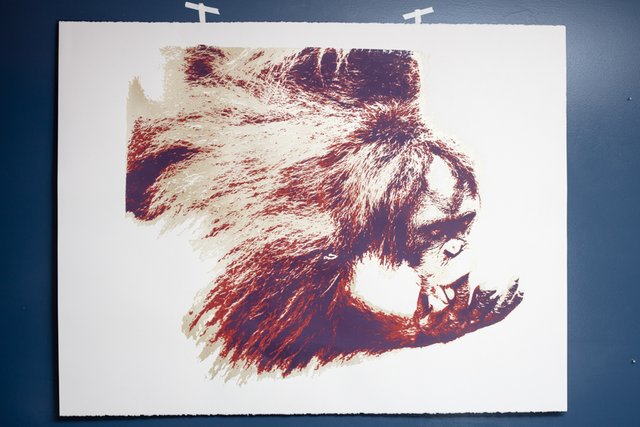
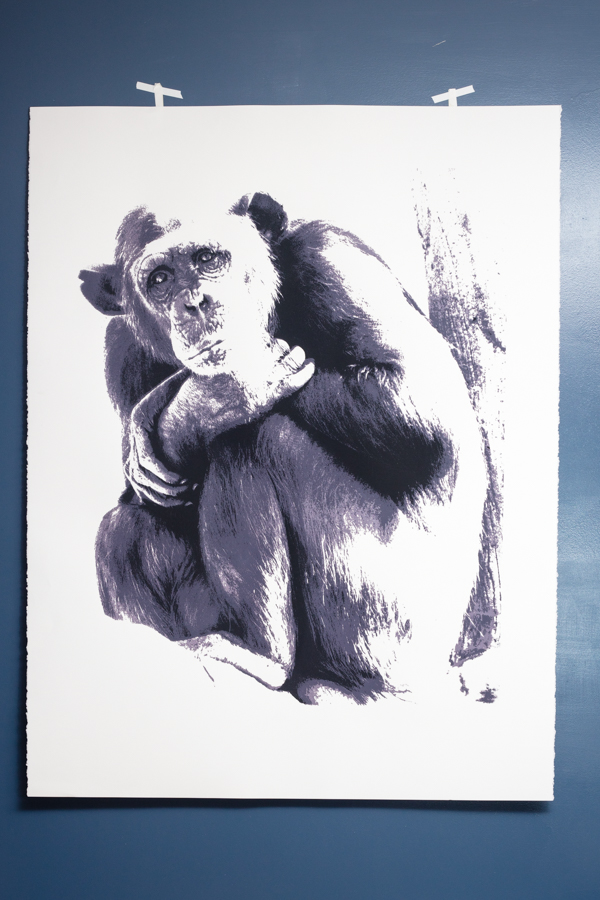
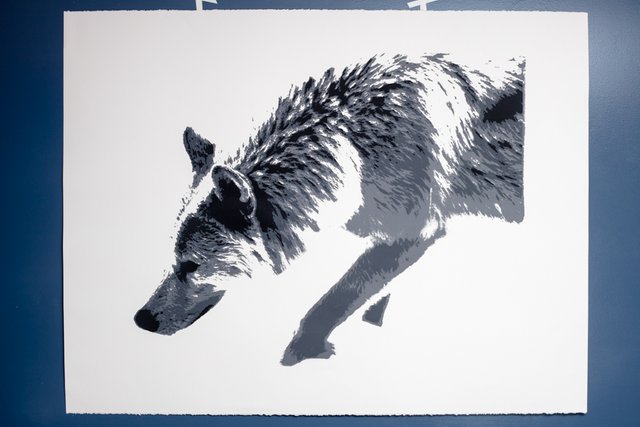
I'm getting to the point in this series where I feel like I have the process down and I'm producing and refining, and the process is beginning to become background, allowing me to focus more on the quality of the image. This is the first time I've ventured into using newer photos; the orangutan and chimpanzee are both from 2017 source photos, while the wolf and the first four prints in the series are all from older photos edited when I was trying to make this series work photographically.
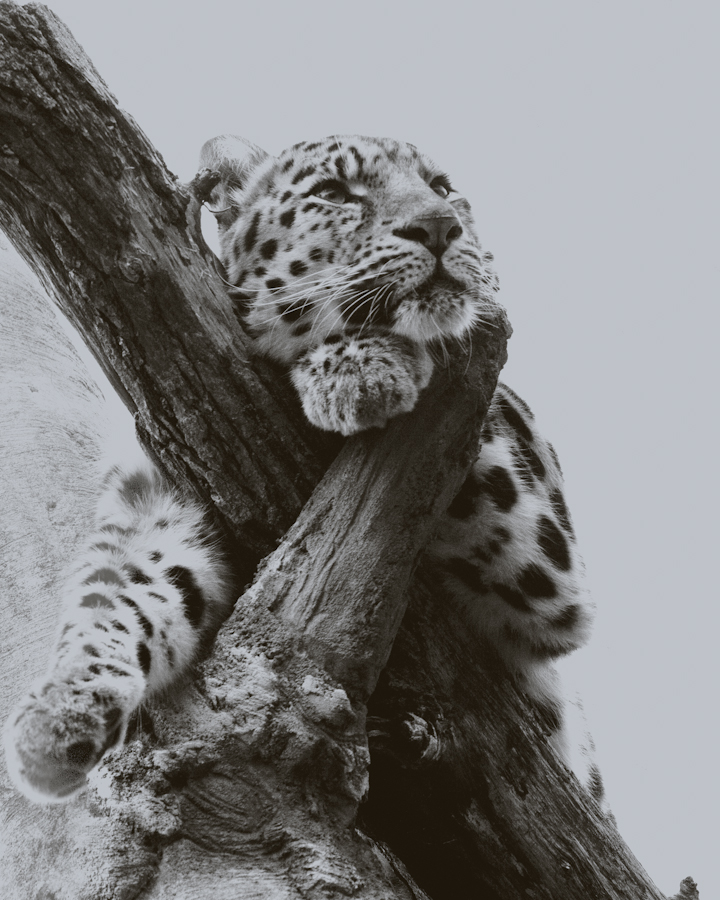
I took a few dozen photos to explore the process. It's an especially nice method when there's snow at the zoo to help the overexposure. But I was never quite satisfied. The photographic prints weren't living up to my hopes for what it could become.
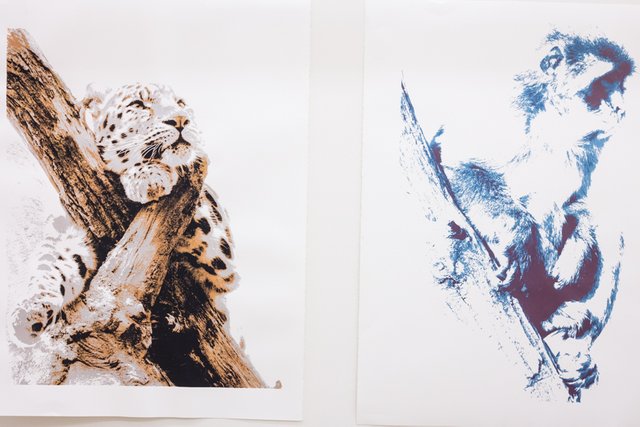
Then in the summer of 2015 I took a screen printing class. The project I had been hoping to work on didn't end up being at all ready on the digital side because of other demand on my time (in fact I still haven't gone back to it) so I decided to try posterizing one of the In Negative Space prints and printing it manually.

I started with a grizzly bear photo that had been the second photo taken in the series. It took me a year of Photoshop, color tests, small prints, and learning the process for making large prints before I got to the first final print you see on the left. But I could see from the color tests that it was going to be worthwhile.
Going large for the first time was awkward. I went with roll paper as my first choice, which turned out to be a mistake. Handling the 40" x 60" screens and the special table necessary to print with them is a skill that took me a while to pick up. Registration was difficult, and I ended up with an improvised method that involved removing and cleaning the screen with every print, which made them take forever. The prints were too large for any of the studio's drying racks, so I had to work only when I could use half the studio to dry the prints without inconveniencing anyone else. That bear was my only output for summer term of 2016.

Then a scheduling conflict kept me out of the studio in the spring of 2017, so I wasn't able to start again on the giraffe until the summer. In the off-time I reflected a little bit on my process, and how I could make it easier and more friendly to the other people in the studio. I reduced the size of the prints a little bit so they would fit on 38" x 50" paper, the biggest flat sheets available, and also the size of the largest drying rack.
When I got back into the studio I switched to visual registration, which meant I didn't have to remove the screen after every print, and made the process both faster and cleaner. Every print-maker reading this is probably freaking out at that idea, but at this size it turns out to work very well as long as I don't get the ink color too close to the emulsion color. I switched to QTX emulsion, which is hot pink, in order to avoid that problem.
So by this last fall term, I had the process working pretty well, and was able finally to get more than one print finished in a term, the leopard and snow monkey you've seen above. And now I've moved up to three. People have started asking me what I do with them.
Right now they live in a flat file in my home studio. Now that I have seven, I feel like I'm about ready to market them to shows and galleries. I have a photographic show of my Jellyfish series coming up in June that still needs a lot of work, but once that's done I'm going to turn my attention to what to do with these.
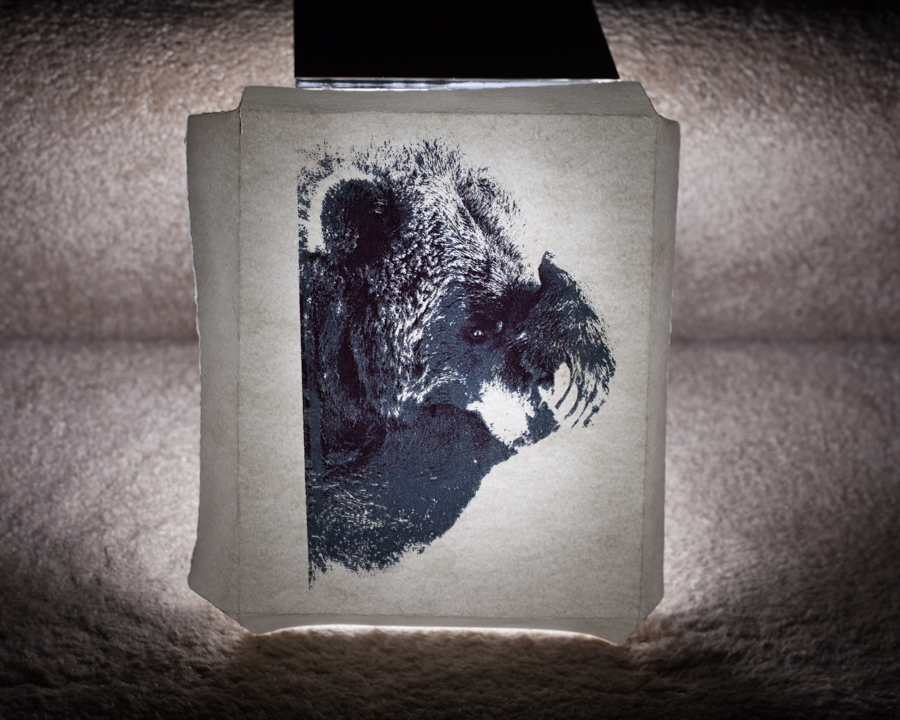
I've planned these from the beginning to be editions of one for the gallery market, and I'm optimistic that they will see some success there. I hope you like them.
This is such good stuff man. I like the chimpanzee and the leopard ones. They look perfect for my office wall lol. Wish I could borrow them from you :D
This is more than being great, this absolutely gorgeous work.. High five boss..
Thank you.
Whoaaa! Stunning!
Thank you.
Yeah. Hermoso trabajo. Me encanta lo que haces, estilo bien definido
Gracias.
Great art
Thank you.
Man these are amazing! Congratulations on such quality work/process 💥
Thank you.